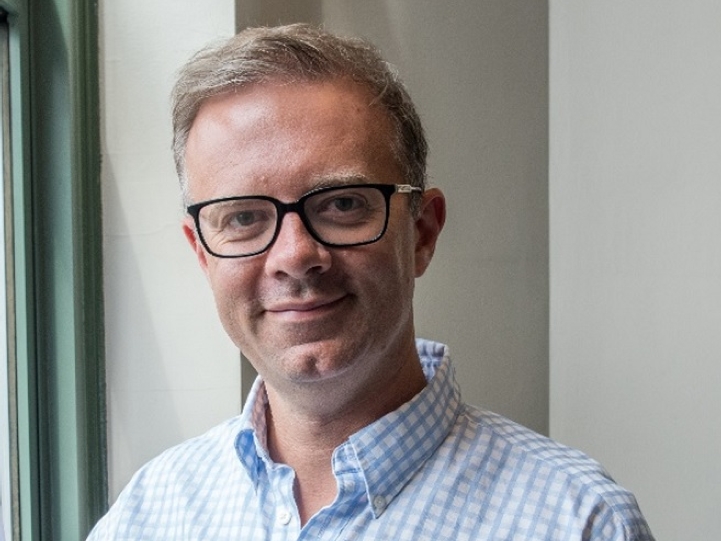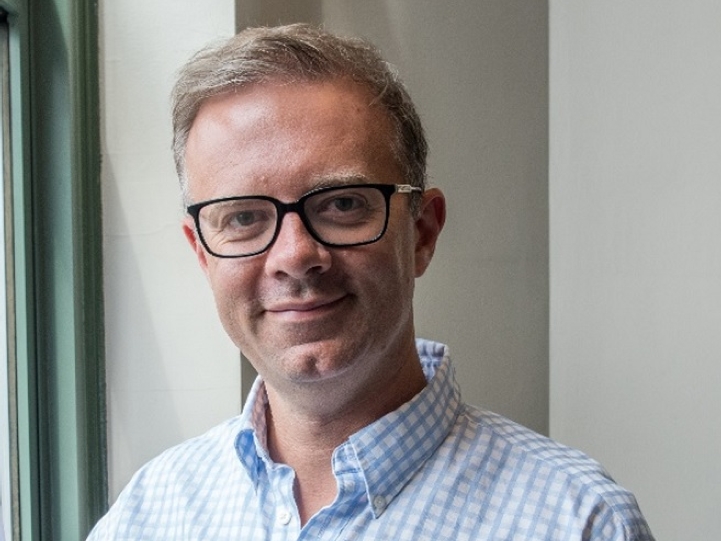
What Are Strengths and Weaknesses of Interfaith Learning and Development Model in Different Institutional Settings? Critical Conversations #24
Equity, Inclusion and Social Justice Equity, Inclusion, and Social Justice Division Spirituality and Religion in Higher Education Faculty
February 17, 2021
JCC Connexions, Vol. 7, No. 1, February 2021
In "Interfaith Learning and Development" (Journal of College & Character, vol. 22, no. 1, February 2021), Matthew J. Mayhew, The Ohio State University, and Alyssa N. Rockenbach, North Carolina State University, introduce the theory of interfaith learning and development to the scholarly community. Building on the work of others, the authors adopted an interdisciplinary, equity-oriented approach to developing the theory, which also serves as the basis for a framework intended to guide and inform interfaith practice. The article is open access.
Matthew is this quarter's Focus Author, and he recently responded to questions about the model posed by Jon Dalton, JCC co-editor.
1. Faith based and public secular colleges and universities address religion and religious practices in quite different ways. What are some of the strengths and weaknesses of your new interfaith learning and development model for use in different types of institutional settings?
The good news is that our model was developed and based on a mixed methods design that included a nationally-representative sample of 122 institutions across the country. This sample included representation from institutions that varied  in size, selectivity, control, geography, and religious affiliation. In addition, we visited 18 campuses that differed across these dimensions in order to contextualize, nuance, and texture findings related to interfaith practice. Although we would never suggest that these design features are sophisticated enough to pick up on all of the elements of the great work interfaith champions are enacting on college campuses – often with very restricted resources (cough, cough) – we do feel confident that at least some aspects of our model can guide institutional practice regarding interfaith learning and development on campus.
in size, selectivity, control, geography, and religious affiliation. In addition, we visited 18 campuses that differed across these dimensions in order to contextualize, nuance, and texture findings related to interfaith practice. Although we would never suggest that these design features are sophisticated enough to pick up on all of the elements of the great work interfaith champions are enacting on college campuses – often with very restricted resources (cough, cough) – we do feel confident that at least some aspects of our model can guide institutional practice regarding interfaith learning and development on campus.
As for weaknesses, we see these as opportunities. No model explains everything. Even though we exercised extreme care in attempts to understand interfaith learning and development, we certainly were biased, based on our own personal religious stories, our own epistemic frameworks for understanding knowledge generation, and our own value sets regarding religion and its place in higher education and society at large. Indeed, modes and expressions of whiteness surely underscore the development of this model and its use in practice. As a result, we urge fellow educators – both scholars and practitioners alike – to scrutinize, problematize, critique, refute, and/or extend this model freely and kindly, in the spirit that honors the interfaith idea.
2. Why is it important to recognize interfaith learning and development as an important new theory-in-practice model in the field of student development?
There are too many answers to this question to enumerate at this time. That said, we think it is important to recognize interfaith learning and development as something educators hope their students will engage as part of the college-going process. Based on equity considerations, it would be irresponsible for educators to leave this type of learning to chance, as an increasing number of students enrolled in college hold minoritized religious identities. Added to that, research has shown that religious identity’s intersection with other identity forms often influences the ways students appropriate meaning to their college experiences.
In addition, this theory-in-practice was developed based on the solid empirical work of both student development scholars and practitioners whose life-work has involved putting interfaith into practice. Based on the great work of student development scholars – like our own Jon Dalton – we have developed a model that differentiates learning from development: While learning involves understanding facts and figures about different religious and non-religious worldviews (i.e.., religious literacy), development includes helping students use their religious selves to make meaning of themselves and how they relate to others. From our relationship with practitioners, most notably Eboo Patel and Mary Ellen Geiss from Interfaith Youth Core, we designed a model that speaks to very specific practices known to influence both learning and development. Taken together, these approaches allow us to help extend thinking in the areas of religious and spiritual learning and development, as well as inform practice with very specific and empirically-based recommendations.
3. What is the role of personal “commitment” in interfaith learning? Why is it important for students to affirm a personal set of core beliefs even in a pluralistic context?
The idea of commitment is certainly nothing new for student development scholars, such as James Marcia, Ruth Fassinger, and William Cross, who have routinely used commitment to indicate moments of developmental arrest, stagnation, and/or achievement. We adopt a more Keganian/Baxter Magoldian view of commitment in the context of interfaith learning and development. Students should graduate with a commitment to engaging with worldviews different than their own as one means of making sense of the world, specifically with regard to meaning making about religion, their religious selves, and the ways religion shapes their relationships with others. Of course, in order to commit to this form of engagement, students must have access to different worldviews, through information provided in (required? Let’s hope) religious literacy courses and hopefully through developing authentic relationships with religiously-diverse peers. Knowing about religion and how it shapes histories, cultural practices, identities, and so on can only help students engage in a pluralistic society.
4. Why is tolerance of religious differences an insufficient goal for student development efforts?
Tolerance reflects either a neutral or negative posture and tenor. Appreciation – on the other hand - is more positive and inviting. From our perspective, there is a world of difference between someone tolerating diversity versus someone appreciating it. In terms of student development trajectories, tolerance might be a step on the pathway toward appreciation, but is certainly not the end of the path.